SKIN Digital Fabrication Competition Announces Four Finalists
By Bustler Editors|
Wednesday, Jul 17, 2013
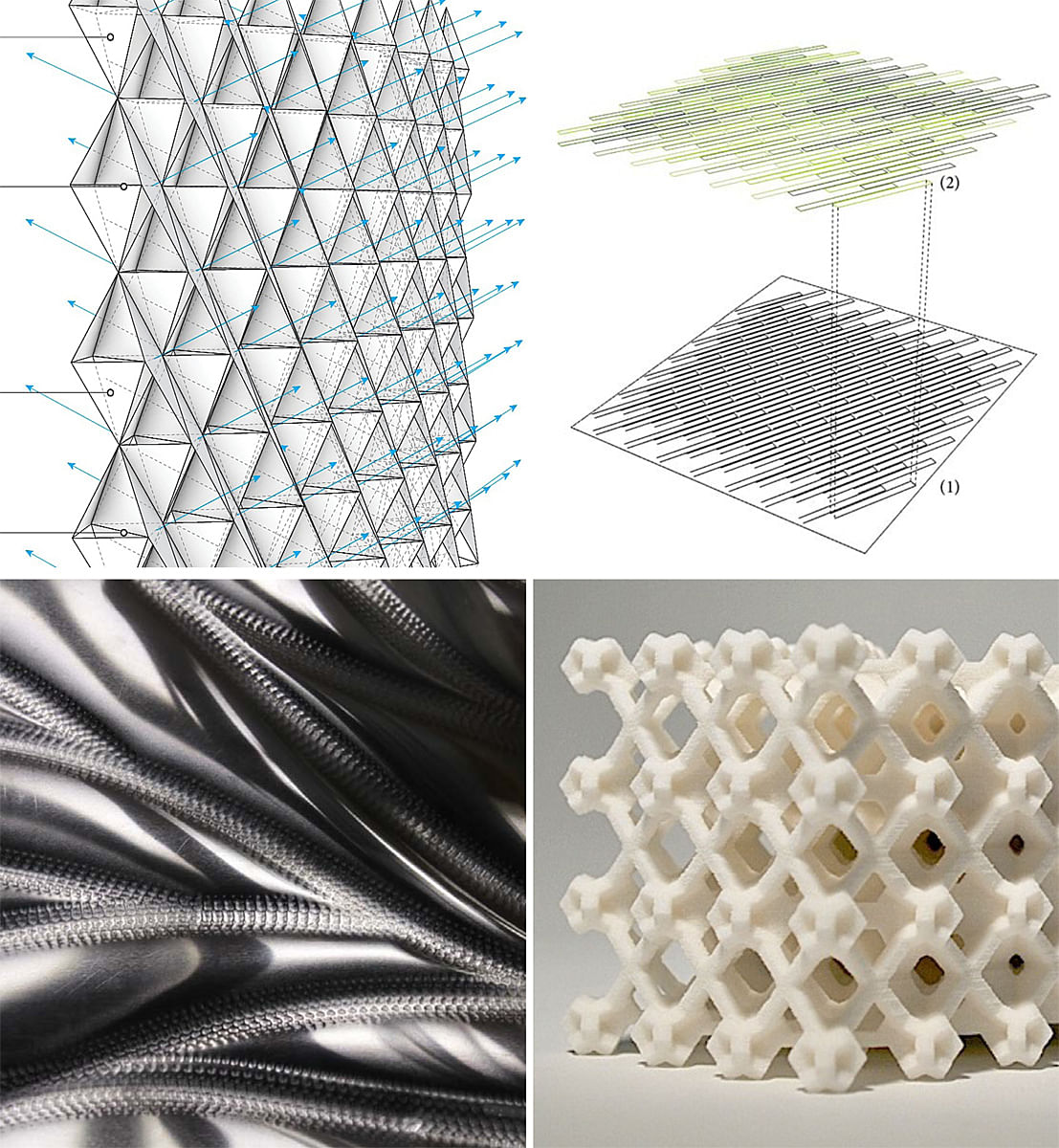
Related
Four Finalists and four Honorable Mentions have been selected in TEX-FAB Digital Fabrication Alliance’s 2013 international digital fabrication competition, SKIN.
The competition had received a total of 68 entries from across the globe representing 14 countries on 5 continents. The First Round Jury consisted of Phil Anzalone, Maria Mingallon, Gregg Pasquarelli, Randy Stratman, and Skylar Tibbits.
Moving onto the Second Round, the 4 Finalists will be supported with a $1,000 stipend to develop a prototype of their system which will be exhibited at the ACADIA Adaptive Architecture Conference at Canada's University of Waterloo in October, 2013.
Deliberations held on July 9th covered quite a lot of ground as the Jury initially selected close to 14 entries to discuss. Ranging in type and method, they represented a vast array of thinking and work.
These are the four First Round Finalists:
Project 2XmT by Christopher Romano, Nicholas Bruscia
The first of the clearly agreed upon entry was Project 2XmT with a great many votes and a clearly developed working model, the entry was selected without much deliberation with just a few comments, one from Randy Stratman, “from a practicality standpoint it looks like they are pretty far along. It looks like they already have a mockup. I’m a big fan of how small undulations or changing panels really have a dramatic impact from the viewing standpoint moving around the building”. And a second one from Skylar Tibbits, “it’s the one most in line with the brief. I’m not sure if it’s the most novel, we’ve seen a lot of folded aluminum projects recently. Its super clean, well done and it looks like they are pretty far along in the process”.
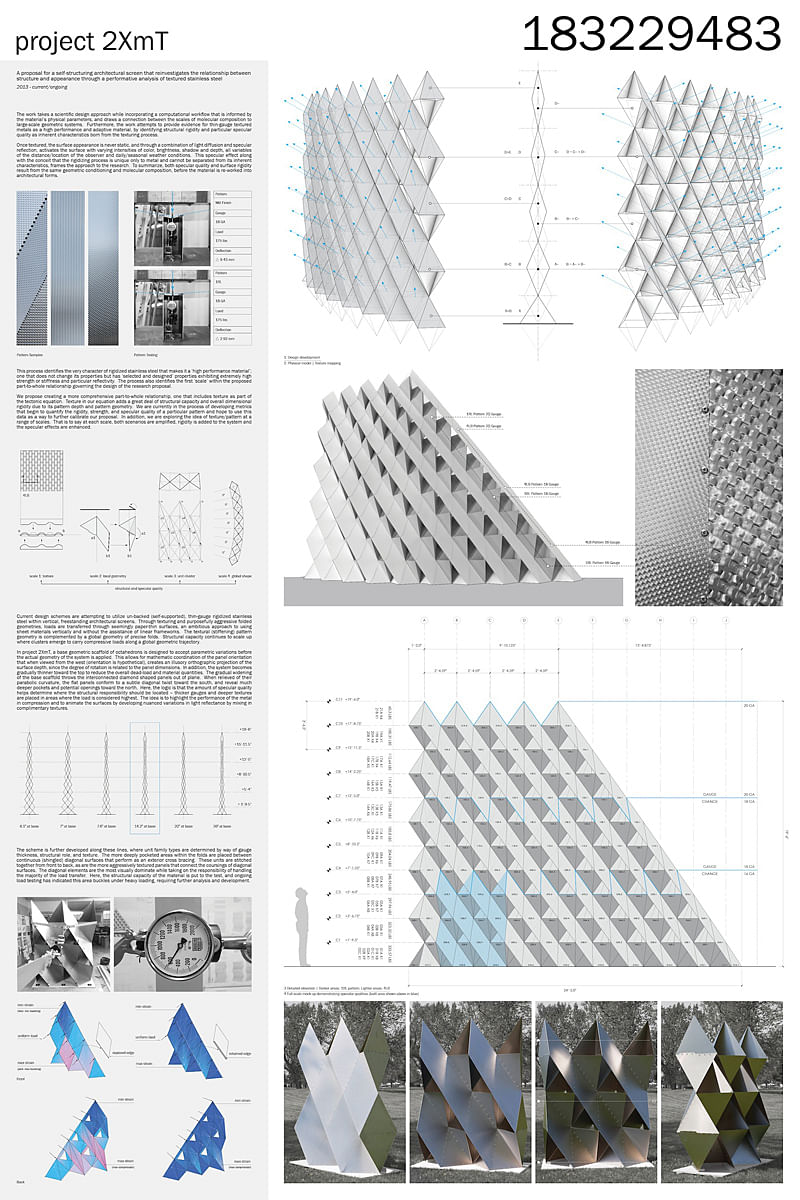
Cellular Complexity by Kais Al-Rawi, Julia Koerner, Marie Boltenstern
Next Cellular Complexity (previously featured on Bustler) was put forth as Gregg Pasquarelli outlined its very interesting formal potential, though with reservations about its ability to serve as a building façade, seconded by Randy Stratman, who commented “what actually does produce the exterior or if its just a porous geometry”. However, steam gathered behind the proposal with Phillip Anzalone stating, “if it’s truly developed 3-dimensionally that would be fantastic”, and Maria Mingallon identifying its detailing as a place for further development, “it would be interesting to see how they will cope tubes or bars that come together at different angles… when they develop the prototype”. Ultimately Skylar Tibbits rounded out the voting in support with his statements of the visual and formal effects, “it’s interesting for me because of the work being done in gradient lattices, there’s new software developing for topology optimization. A lot of structures are pointing toward lattices as optimal shapes to be able to transition between density.”

Robot Assisted Sheet Metal Shaping by Lik Hang Gu, Nathan Shobe, Qi Su
Robot Assisted Sheet Metal Shaping was then discussed, and finally selected, in context with the project Per-Forming (HM), as both interacted with metal forming in different but complimentary ways. Referring to Per-Forming, Maria Mingallon reflected, “this one could really push the boundaries of TEX-FAB and could add to the exhibition at ACADIA. The main weakness I see is that they don’t really propose it as a performative façade, it not an architectural element, its more about the fabrication. Clarifying Skylar Tibbits stated, “Ones hammering and one is pressing. Phillip Anzalone added, “We haven’t seen enough work from robotic fabrication (in the competition). They show it framed within a square that it’s going to be a certain size at the end of the day. If you look at the process you can see what they actually did at the end, they tied down the edges so they can keep it a unit and create a skin. It doesn’t have to be a square. They can modify the material in the field of the panel.” Skylar Tibbits then added referring to Robot Assisted Sheet Metal Shaping, “It’s the one most in line with the brief. I’m not sure if it’s the most novel, we’ve seen a lot of folded aluminum projects recently. Its super clean, well done and it looks like they are pretty far along in the process.” Gregg Pasquarelli agreeing prompted Randy Stratman with a few concerns, “(At Zahner) for instance we have a means to produce ribs in our turret punch that can follow any spline or curve to create geometry. If you are using the hammer to shape metal its how you get the feedback to verify in the process.” Though with further reflection amongst the jury, all votes landed in agreement that Robot Assisted Sheet Metal Shaping should move to the Second Round with Randy Stratmen adding, “from a practicality standpoint it looks like they are pretty far along. It looks like they already have a mockup. I’m a big fan of how small undulations or changing panels really have a dramatic impact from the viewing standpoint moving around the building.”
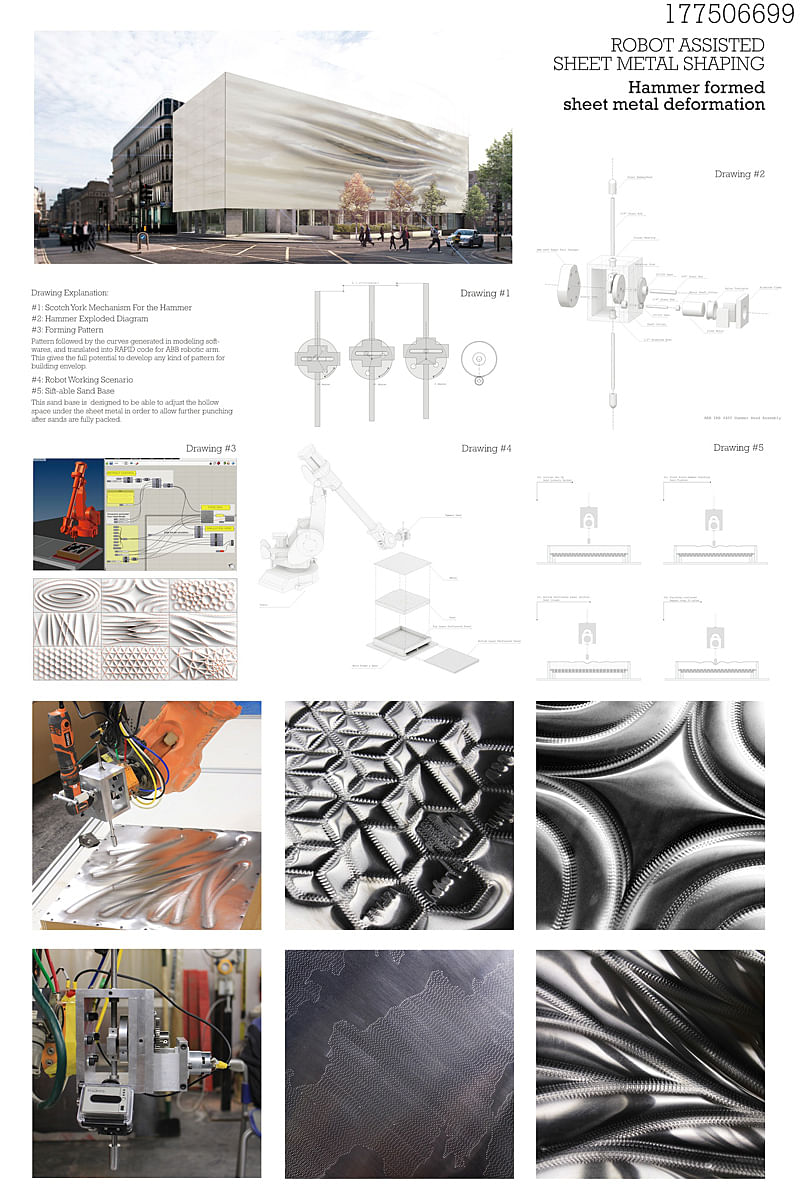
Sense by Isak Worre Foged, Anke Pasold
Skylar Tibbits then began discussing one of the most unique selections that of Sense, “It’s a known phenomena that could produce some exciting effects. It’s simple and could be really dynamic. I believe that they could do it and it would be interesting. I would assume that it would be pretty subtle temperature changes if we look at a thermostat as a good example of a bi-metallic (system)”. Gregg Pasquarelli added, “I’m fine with supporting that one… I’m pretty open to it”. Phillip Anzalone furthered his support, but highlighted his reservations, “it looks like grass growing from the ceiling. It’s been done a lot by designers like David Benjamin. It would be nice to see to something that actually moves and at the scale they are working at like grass it could actually work. You’d have to put so that the sun hits it (not in a climate controlled environment)”. With additional concern Maria Mingallon added, “I think you’d need a second armature to hold them. I discarded it initially because of cost. If this makes it to the next phase it needs to be worked out as a freestanding piece. As the deliberation continued, the concerns were alleviated through further discussion and the support of Randy Stratman, “I’d really like to see something with bi-metallic alloys in this. I think that it just a really fun exploration. One of the shortcomings is when they try to use it as an envelope that works with the efficiency of the building. On a cold day the sun really heats up the metal (it spite of the ambient temperature). What scared me away from it was that there are so many parts. I think that its more of an art piece and maybe less functional”

In the end the jury deliberated for well over an hour on their short lists, which resulted in the choosing of 4 Honorable Mentions, which, through the process, the Jury felt deserved recognition for their effort, novelty and high quality.

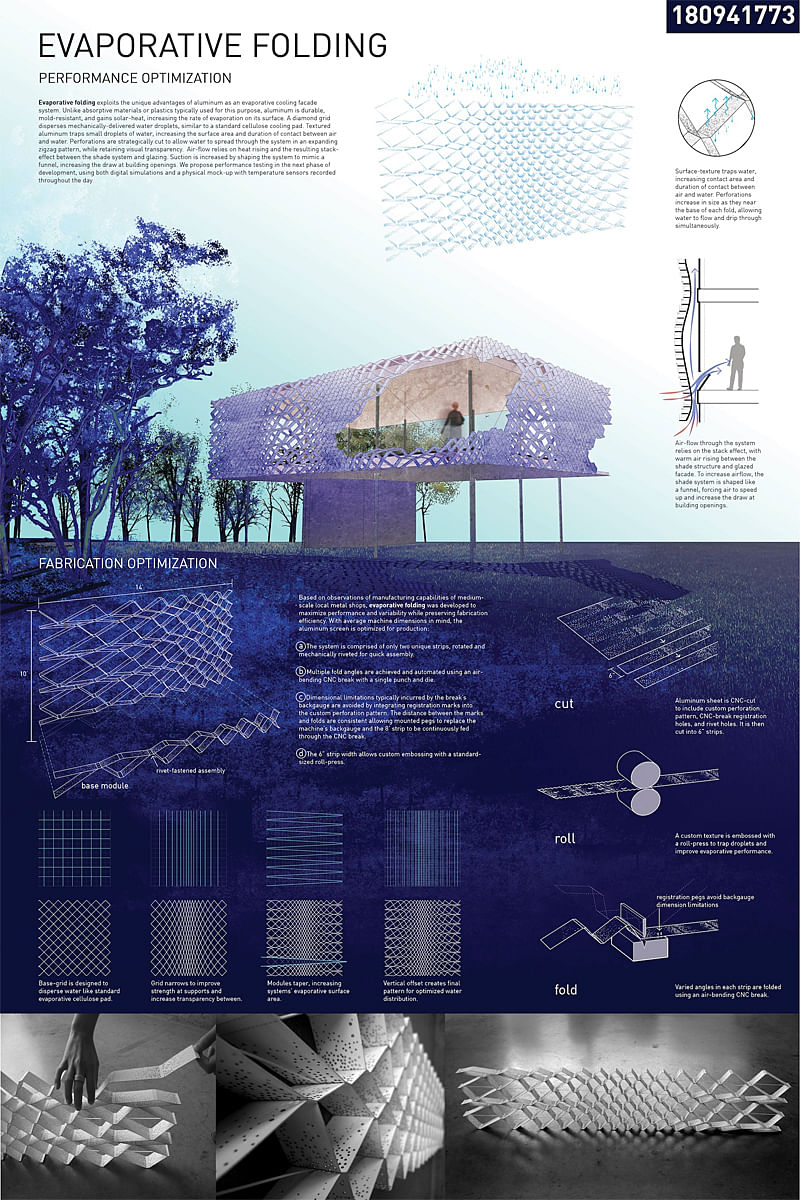
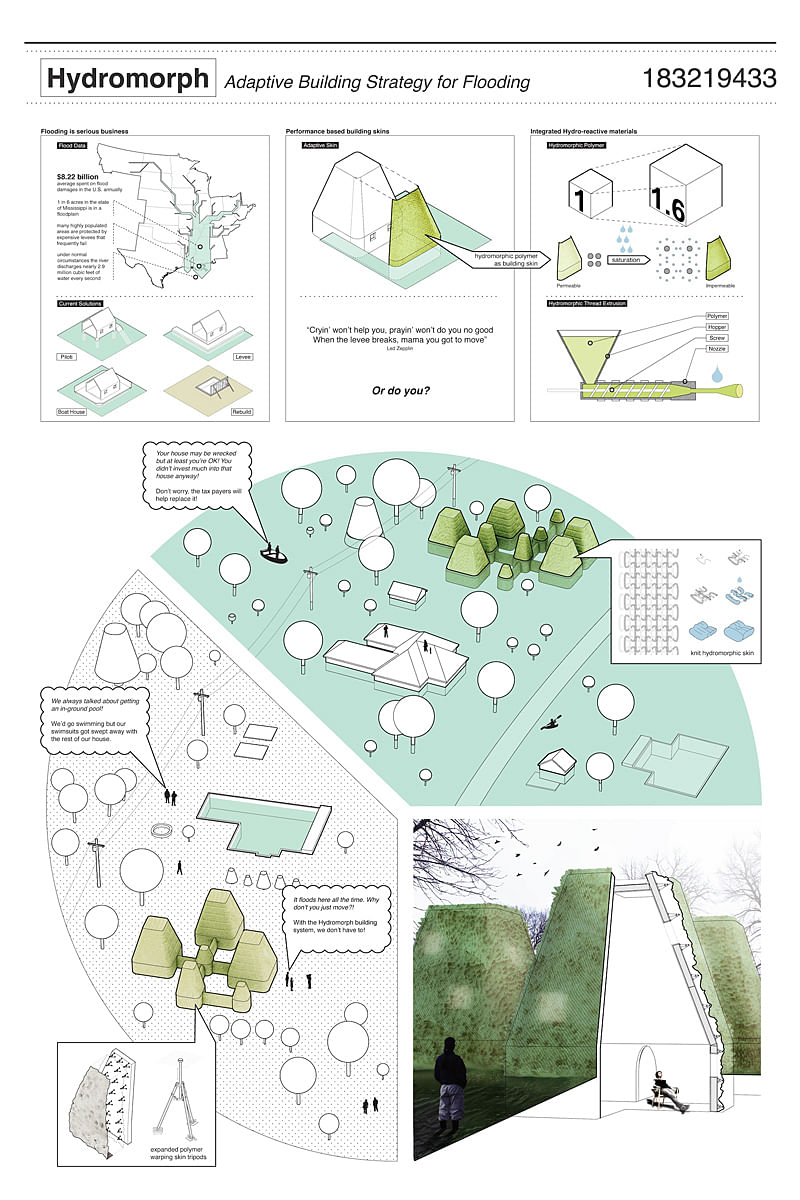
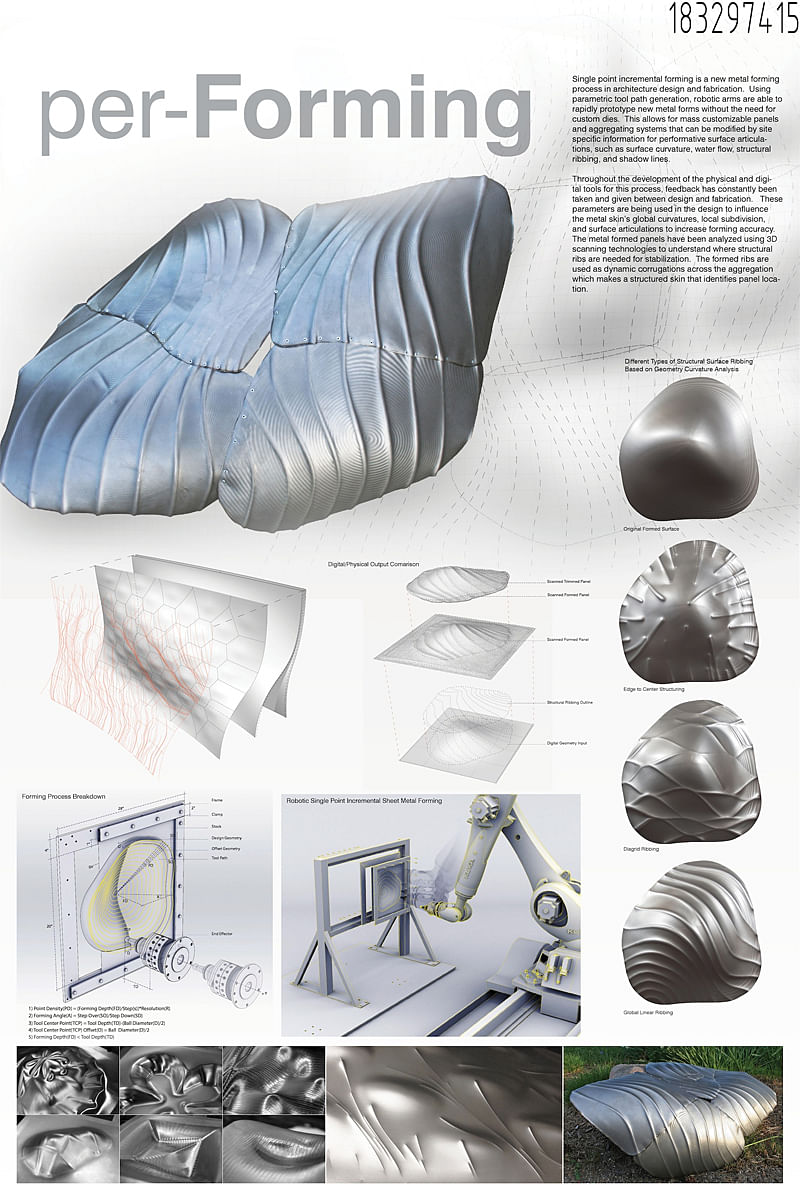
All images courtesy of TEX-FAB.

Share
0 Comments
Comment as :